Switching Antibiotics During Treatment
Switching antibiotics during treatment. Of 1860036 dispensed antibiotics 103076 55 were switched within 28 days. We simulated biofilm formation for 5 h and then applied antibiotic treatment for. Switching to oral antibiotics during a hospitalization occurred in 301 n 63311 of patients after a median IQR of 7 510 days of IV treatment.
A urinalysis done on antibiotics would likely be negative even if there were a UTI. We computed switch rates for the selected antibiotics on day 128 after initial dispensing and the corresponding odds-ratios adjusted for patients age and gender and prescribers specialty. Thus the duration of antibiotic treatment is 4 weeks for streptococcal endocarditis and 4 to 6 weeks for enterococcal or staphylococcal endocarditis depending on the nature of the valve native versus prosthetic valve.
Antibiotic switch was defined as being prescribed a different antibiotic drug appropriate for UTI within 14 days after initial treatment. This cut-off was chosen because it reflected the mean length of stay in acute ward before transfer to other facilities mainly rehabilitation center. Additionally local protocols have been developed to.
Telling patients to stop taking antibiotics when they feel better may be preferable to instructing them to finish the course according to a group of. You always want to finish the whole course of antibiotics whenever you are prescribed an antibiotic because even if you skip the last one or two doses of your antibiotic the infection can possibly come back and be even harder to treat as the bacteria that you were trying to get rid of have now become desensitized to the antibiotic you were on to treat that infection and youll either have to take a greater dosage for a longer period of time or go on to another antibiotic. Antibiotic switch during treatment with antibiotics against respiratory tract infections in ambulatory care in Norway.
Yes its OK to switch antibiotics. They also reduce the exposure of bacteria to antibiotics thereby reducing the speed by which the pathogen develops resistance. Doctors will often switch antibiotics midway through the course but they usually do this based on culture data obtained from the urine.
Early switch from intravenous to oral antibiotic therapy was defined as a switch in the first 5 days of antibiotic start. Thus the duration of antibiotic treatment is 4 weeks for streptococcal endocarditis and 4 to 6 weeks for enterococcal or staphylococcal endocarditis depending on the nature of the valve native versus prosthetic valve. Shorter treatments make more sense they are more likely to be completed properly have fewer side effects and also likely to be cheaper.
We present a cohort study of 426 cases of IE over a period of 13 years 20. Nothing magic about one drug versus another as long as they both cover the offending organism.
This cut-off was chosen because it reflected the mean length of stay in acute ward before transfer to other facilities mainly rehabilitation center.
Telling patients to stop taking antibiotics when they feel better may be preferable to instructing them to finish the course according to a group of. Additionally local protocols have been developed to. Although many international guidelines exist for the management of infective endocarditis IE recommendations are lacking on the opportunity of switching antibiotics from the intravenous IV to oral route during treatment. We computed switch rates for the selected antibiotics on day 128 after initial dispensing and the corresponding odds-ratios adjusted for patients age and gender and prescribers specialty. Only antibiotic-dependent switches prevent the wake-up and death of persisters during treatments. Antibiotic switch during treatment with antibiotics against respiratory tract infections in ambulatory care in Norway Running title. Nothing magic about one drug versus another as long as they both cover the offending organism. Switching between two antibiotics in a well-designed sequence could prove to be a surprising new way to combat drug resistance research. Antibiotic switch during treatment with antibiotics against respiratory tract infections in ambulatory care in Norway.
Thus the duration of antibiotic treatment is 4 weeks for streptococcal endocarditis and 4 to 6 weeks for enterococcal or staphylococcal endocarditis depending on the nature of the valve native versus prosthetic valve. We computed switch rates for the selected antibiotics on day 128 after initial dispensing and the corresponding odds-ratios adjusted for patients age and gender and prescribers specialty. Telling patients to stop taking antibiotics when they feel better may be preferable to instructing them to finish the course according to a group of. A urinalysis done on antibiotics would likely be negative even if there were a UTI. Men 16 years receiving cefalexin ciprofloxacin cotrimoxazole nitrofurantoin ofloxacin pivmecillinam or trimethoprim during the period 2008-2018 were included. We simulated biofilm formation for 5 h and then applied antibiotic treatment for. Switching to oral antibiotics during a hospitalization occurred in 301 n 63311 of patients after a median IQR of 7 510 days of IV treatment.



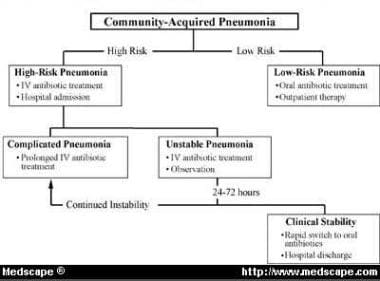





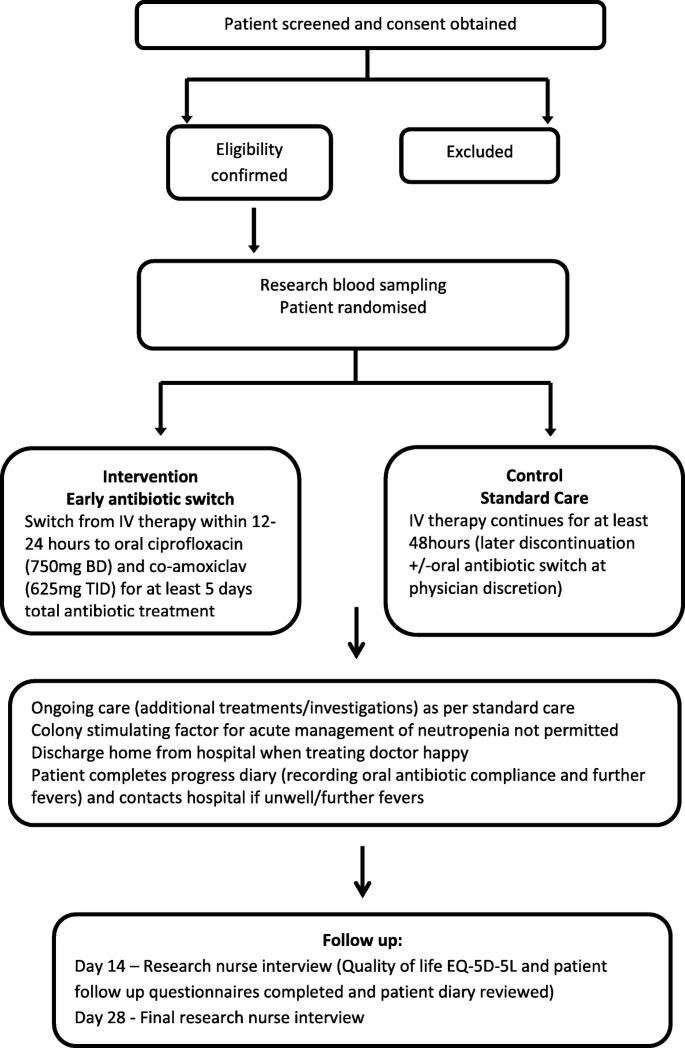






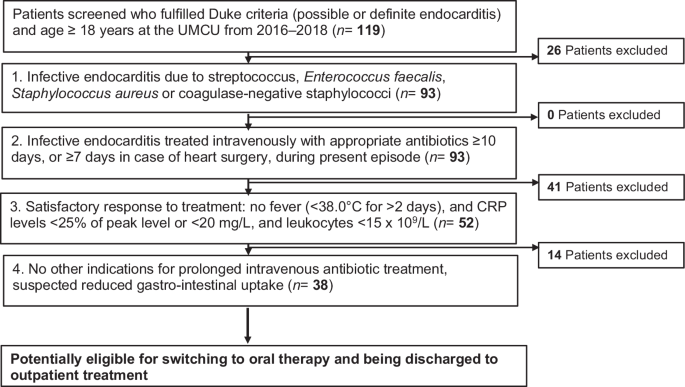

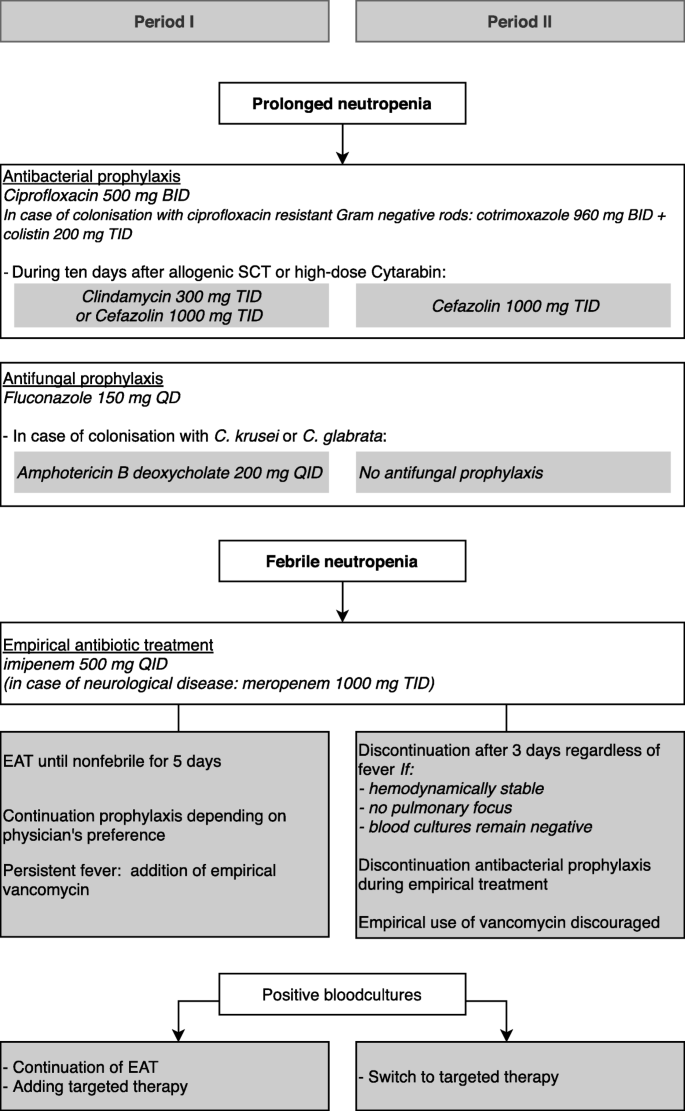







/antibiotics-and-diarrhea-1941560_final-eb735025506d4f8c881e771bbd548d1a.png)



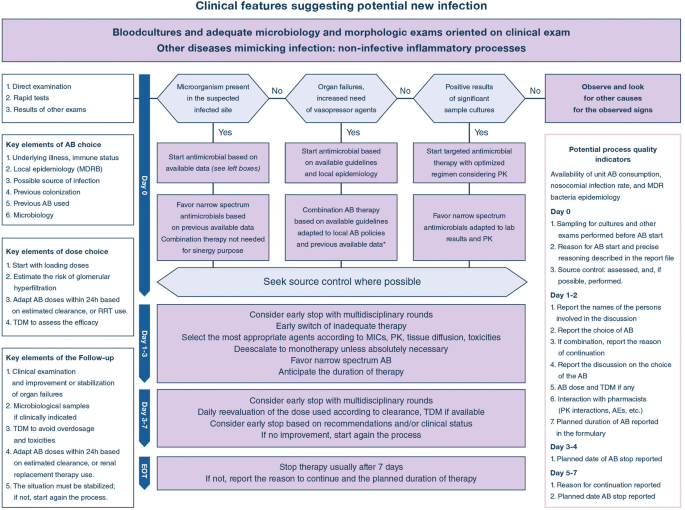


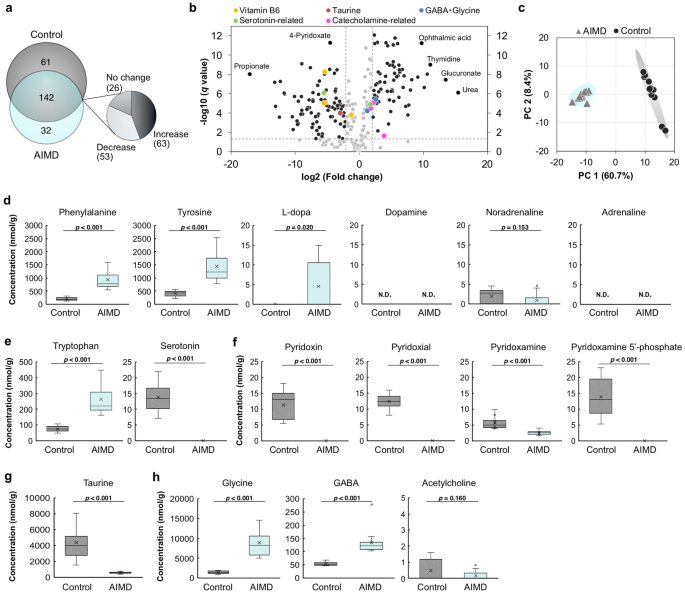
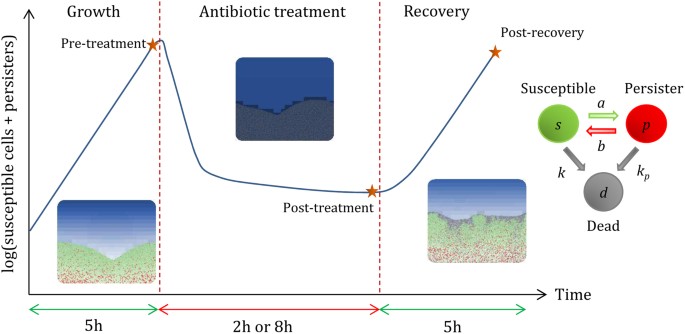





Post a Comment for "Switching Antibiotics During Treatment"